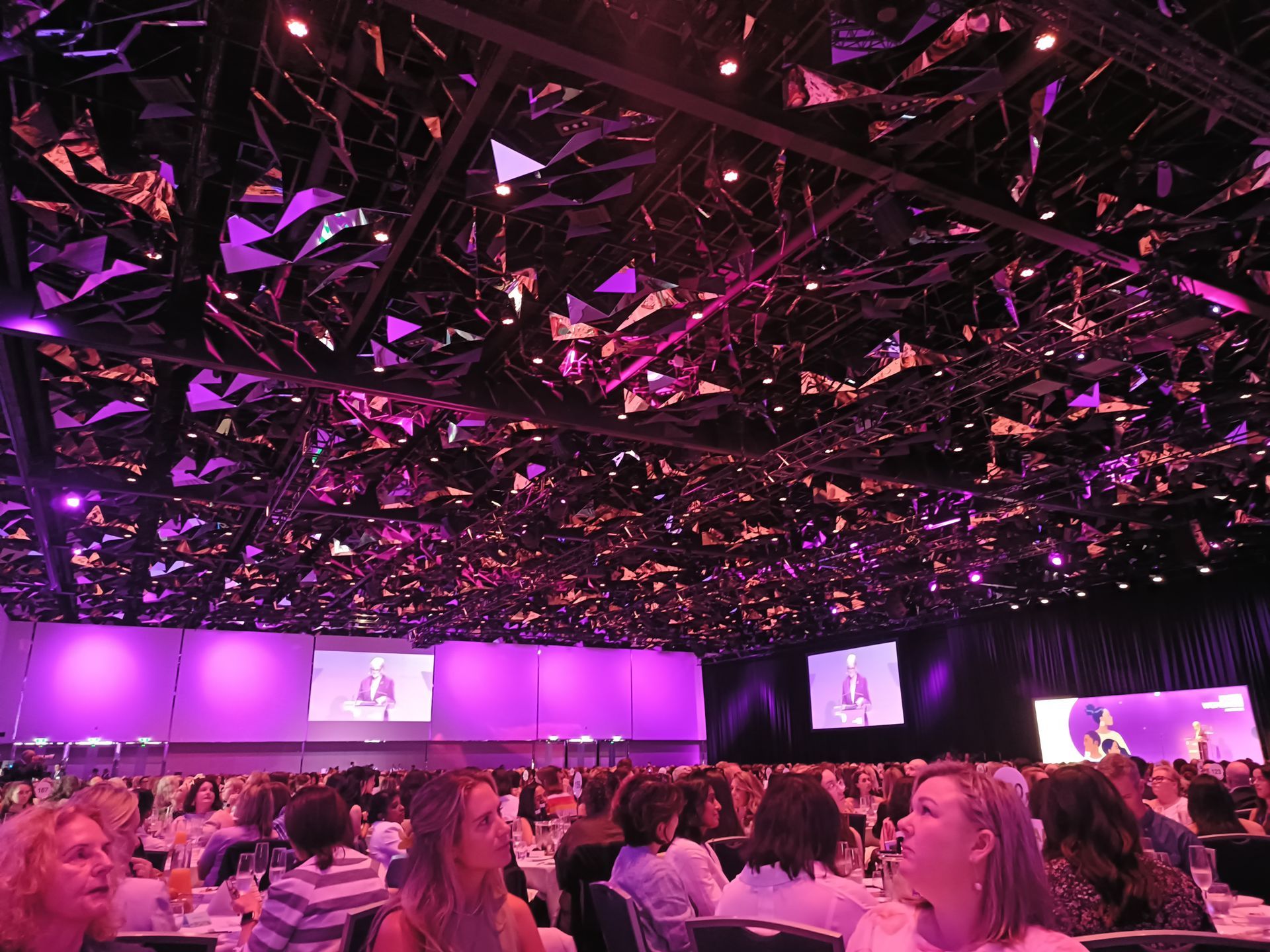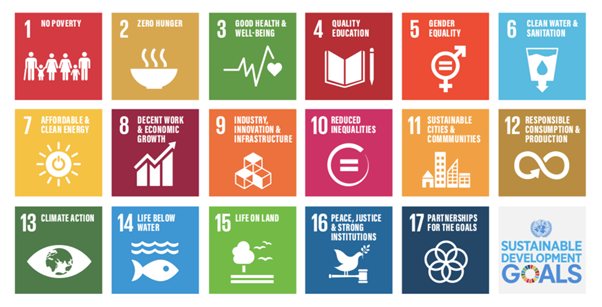AI for CV’s and Cover Letters
The modern job search is increasingly influenced by artificial intelligence, with numerous tools to improve documents such as Cover Letters and CVs.
One of the primary advantages of AI in this domain lies in its ability to overcome initial writing obstacles and offer inspiration. For individuals facing writers block, particularly those new to the professional world like students and recent graduates, generative AI can provide a starting point. It can suggest professional sounding alternatives to generic greetings, propose difference resume structures to highlight new skills, and offer insights into relevant keywords for those transitioning to new industries. These functions can be particularly helpful in breaking through roadblocks and pointing job seekers in the right direction. AI powered resume builders can also assist in deciding on a resume format and tailoring content to specific job descriptions. Furthermore, language model chatbots such as Chat GPT can refine sentence structure and specific content within these documents.
However, the convenience offered by AI comes with its risks. A concern is the potential for inaccuracies and misrepresentation. If the user provides incorrect prompts or omits vital information, AI can fabricate details, presenting a false portrayal of the candidate. Given the importance of factual accuracy in job applications, such errors can be detrimental. Moreover, over-reliance on AI can lead to a lack of personal input, hindering the authenticity and correct language/spelling needed for job applications. Subtle nuances, such as variations in spelling conventions between US, Australian and UK English (e.g. organise vs organize), can inadvertently signal the use of AI.
Beyond factual inaccuracies, generative AI often struggles with conveying multilevel alignment between the applicant and the employer. A compelling resume and cover letter subtly communicates an understanding of the company’s values, mission and culture. This is best expressed by nuanced word choices and framing of accomplishments, not through explicit statements. Generative AI typically fails in this area, as it lacks the initiative to research these aspects of the employer. Even when provided with the exact language of a job description, AI’s output tends to reflect that verbatim, missing the broader organisational context. Consequently, candidates risk submitting generic applications that fail to resonate entirely with the employer.
Furthermore, the increasing use of AI detection tools poses another issue. Employers are becoming more aware of the use of Generative AI in application materials, and while formal policies may still be evolving, the detection of AI-generated text could easily lead to an applicant to not progress in the hiring process. This outcome alone should serve as reason to exercise caution when using AI for crafting resumes and cover letters.
While AI offers its advantages in overcoming initial hurdles and providing structural suggestions for resumes and cover letters, its limitations and potential pitfalls are significant. Job seekers should view AI as a tool for inspirations rather than a replacement for a thoughtful, personalised effort. Through proofreading, careful editing and the incorporation of genuine personal insights and research into the company’s values and mission remain paramount for creating an authentic job application. The risk of inaccuracies, lack of alignment to the company and detection ultimately outweighs the convenience for those seeking to make a strong impression on their potential employers.
















